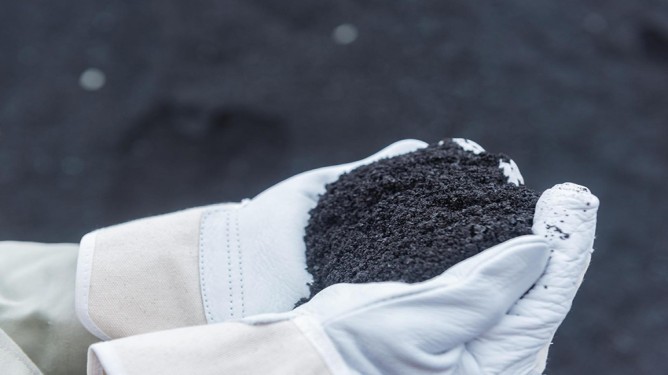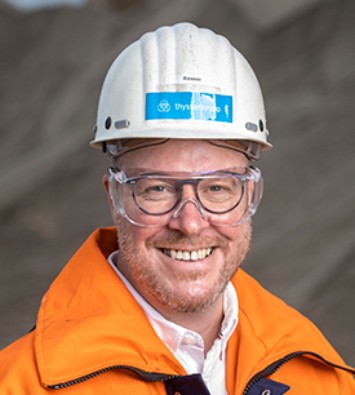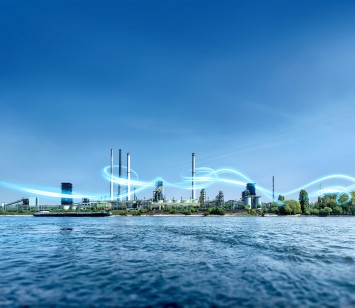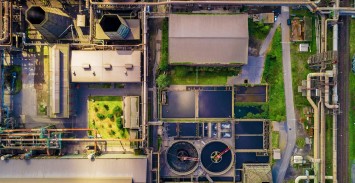Learn more about the environmental activities of thyssenkrupp Steel
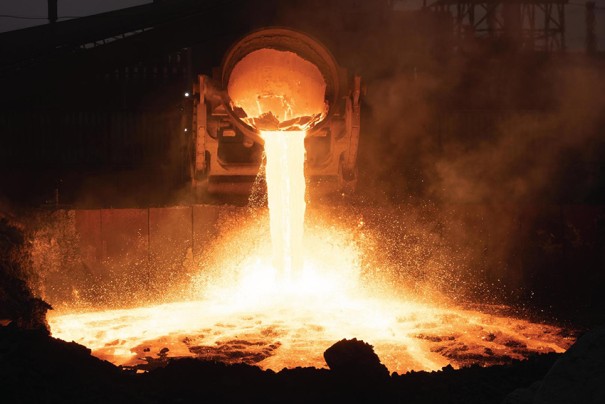
Liquid blast furnace slag is processed into ground granulated blast furnace slag and used in the cement industry, where it replaces clinker burned from limestone, thus saving a much-used primary raw material. This reduces the use of CO2-emitting processes in the cement industry, resulting in a smaller CO2 footprint: with blast furnace slag cement consisting of 60 percent blast furnace slag, CO2 emissions are halved compared with classic Portland cement.
Frost- and weather-resistant steel slags (also: LD slags) are used, for example, in road construction or as high-grade chippings in asphalt wearing courses. In coastal protection, high-density LD slags are used to secure maritime structures. As fine-grained converter lime, they also play a role in the fertilizer industry: the slags supply crops with important nutrients such as silicon, magnesium and calcium. The diverse use of LD slags means that less natural stone is needed, thus also reducing energy-intensive mining processes.
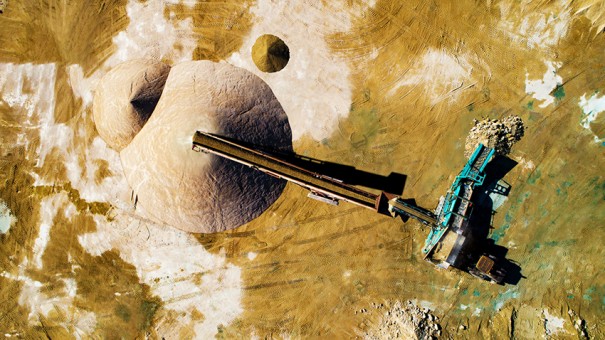
Dusts, sludges and mill scale are further byproducts of steel production. In some cases they contain high amounts of iron and carbon. thyssenkrupp Steel recycles both back into production using the so-called Oxycup process. In this way waste is avoided – a contribution to the circular economy.
Byproducts from pickling, including iron oxide, iron(II) sulfate and iron(II) chloride, are used in wastewater treatment, the pigment industry and for high-tech applications in magnet production and solar energy. Here, too, recycling helps reduce industrial waste.
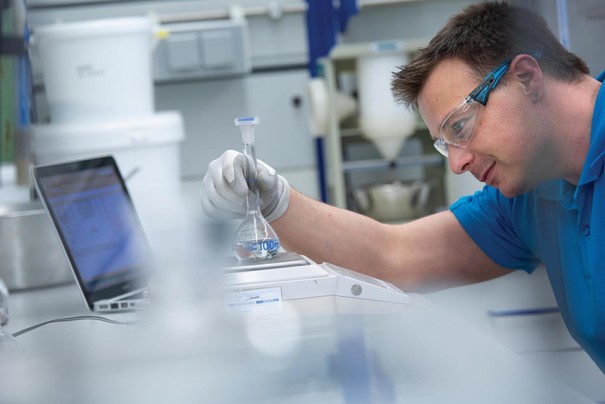
Calcium carbonate (CaCO3) is a fine white powder used in the paper industry as a pigment for coated papers. thyssenkrupp Steel is working on an innovative process to extract this high-purity material from steel slag and also investigating to what extent surplus CO2 from the production process can be used for this – a further step on the way to the climate-neutral steel mill.
